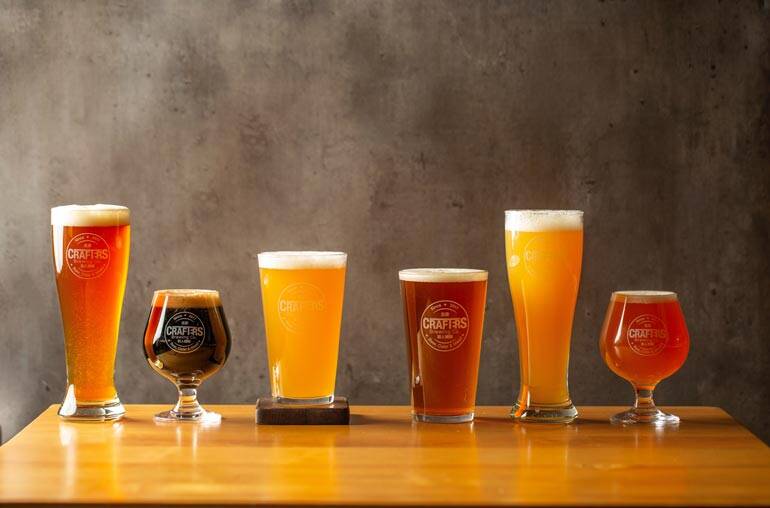Start 14-Day Trial Subscription
*No credit card required

Cooking With Beer – It’s Not Rocket Science
Hesitant to incorporate beer into your recipes? You don’t have to be an expert. Here’s all you need to know to add that special punch to your cooking.
Beer as an ingredient in cooking is a growing trend, and for good reason. With an array of new recipes being created daily, chefs are increasingly recognizing the wonderful flavor beer adds to various dishes, ranging from hearty stews and succulent roasts to delicate poultry, fish, Asian meals, and even desserts.
But, selecting the right type of beer is crucial for achieving the perfect taste. If you're unfamiliar with beer and its applications in recipes, fear not. We have a brief tutorial to guide you through the types of beer and their uses in cooking.
Types of Beer: Lager vs. Ale
When you stroll down the beer aisle at your local liquor store, the abundance of options might overwhelm you. To start, it's essential to understand the two primary categories of beer: lagers and ales.
Lagers are brewed at cooler temperatures, resulting in a lighter color and a "dry" profile. On the other hand, ales, brewed at warmer temperatures, are darker and have a more "stout" taste. You can think of lagers as akin to white wines and ales as akin to red wines in the world of cooking. In fact, many modern-day cooks use beer as a substitute for wine, following similar pairing principles—light lagers for poultry, pork, and fish; stout ales for red meats like roasts and stews.
In some recipes, the beer type is explicitly mentioned, making the choice easier. Remember, when selecting a beer for cooking, only opt for one you would enjoy drinking as is. The flavors of the beer contribute significantly to the taste of your dish, so choose wisely.
Experiment and Enjoy!
There's no hard and fast rule regarding using dark or light, mild or stout beer. It ultimately comes down to personal taste and preferences. Whether you want to add a lager to your beef stew or a dark stout ale to your poultry or seafood, feel free to experiment. Taste is a matter of individual preference, and you can always tailor your choices accordingly.
However, if you're having guests and planning to use ales in your cooking, you might want to steer clear of India Pale Ales due to their pronounced bitterness, which can intensify during cooking. Save them for sipping and choose a more neutral ale for cooking.
Beer-Infused Desserts: A Sweet Culinary Adventure
Beer can also add a delightful twist to desserts. Ever tried beer bread? How about beer brownies, cookies, or a chocolate mousse with a splash of Guinness? The options are endless. Adding fruits to a beer bread recipe can turn it into a delectable warm dessert, perfect with a dollop of whipped cream.
For a unique dessert after a hearty meal, try beet-battered fried apples with a cinnamon-sugar topping, served warm with whipped cream or vanilla ice cream. The blend of flavors will amaze your taste buds.
Embrace the Flavor: Cook with Beer!
While savoring an ice-cold beer is undeniably enjoyable, cooking with beer elevates your culinary experience to a whole new level. Beer is not just a beverage—it's a versatile ingredient that can enhance the flavor and pizzazz of your meals, delighting both you and your guests.
So, whether straight in San Francisco, CA, gay in Chicago, IL, or trans in Las Vegas, NV, using beer in your cooking is a universal choice to enrich your meals with distinct flavors. Cheers to indulging in the art of beer-infused cooking!



